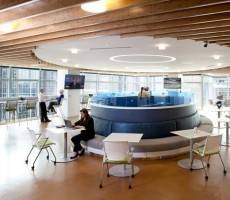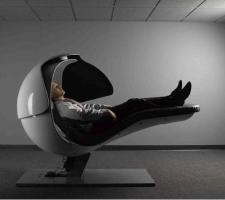September 29, 2014
Research reveals associations between multitasking and lack of grey matter
 Simultaneously using mobile phones, laptops and other media devices could be changing the structure of our brains, according to a new study published by researchers at the University of Sussex. A study published last week in PLOS ONE reveals that people who frequently use several media devices at the same time have lower grey-matter density in one particular region of the brain compared to those who use just one device occasionally. The research supports earlier studies showing connections between high media multitasking activity and poor attention in the face of distractions, along with emotional problems such as depression and anxiety. But neuroscientists Kep Kee Loh and Dr Ryota Kanai point out that their study reveals a link rather than causality and that a long-term study needs to be carried out to understand whether high concurrent media usage leads to changes in the brain structure, or whether those with less-dense grey matter are more attracted to media multitasking.
Simultaneously using mobile phones, laptops and other media devices could be changing the structure of our brains, according to a new study published by researchers at the University of Sussex. A study published last week in PLOS ONE reveals that people who frequently use several media devices at the same time have lower grey-matter density in one particular region of the brain compared to those who use just one device occasionally. The research supports earlier studies showing connections between high media multitasking activity and poor attention in the face of distractions, along with emotional problems such as depression and anxiety. But neuroscientists Kep Kee Loh and Dr Ryota Kanai point out that their study reveals a link rather than causality and that a long-term study needs to be carried out to understand whether high concurrent media usage leads to changes in the brain structure, or whether those with less-dense grey matter are more attracted to media multitasking.
























October 6, 2014
We’ve long had ‘overwhelming evidence’ for the link between office design and productivity
by Mark Eltringham • Comment, Facilities management, Workplace, Workplace design
(more…)